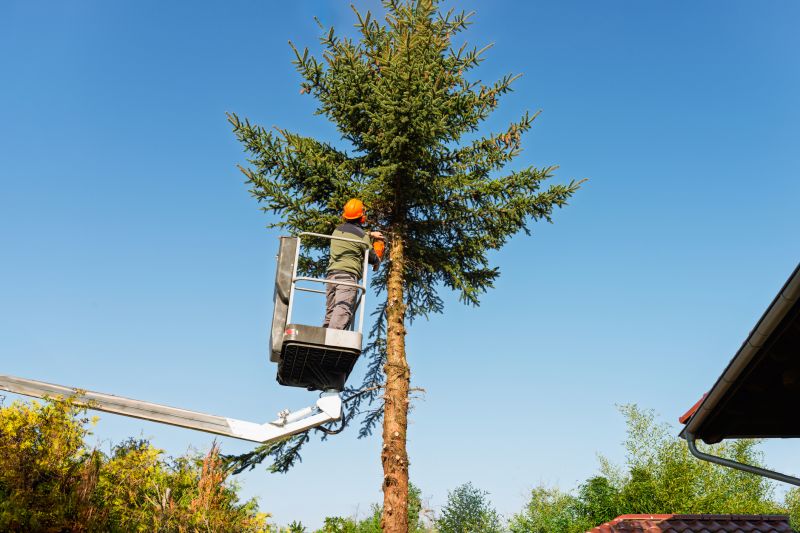Leading Products For Efficient Forestry Cleanings
Identify top-rated tools and accessories that help maintain forestry sites with speed and precision.
 Forestry cleaning products encompass a broad range of tools and supplies designed to maintain, clear, and manage forested areas effectively. These products are essential for tasks such as clearing fallen branches, managing underbrush, removing debris, and maintaining pathways or access routes within forested environments. Proper forestry cleaning not only helps in wildfire prevention but also supports sustainable forest management practices. Selecting the right equipment depends on the specific needs of the project, the scale of the work, and safety considerations.
Forestry cleaning products encompass a broad range of tools and supplies designed to maintain, clear, and manage forested areas effectively. These products are essential for tasks such as clearing fallen branches, managing underbrush, removing debris, and maintaining pathways or access routes within forested environments. Proper forestry cleaning not only helps in wildfire prevention but also supports sustainable forest management practices. Selecting the right equipment depends on the specific needs of the project, the scale of the work, and safety considerations.
Top Overall Option
Multi-Function Forestry Clearing Tool Set
This versatile set includes essential hand tools such as pruning shears, loppers, and a compact axe, designed for detailed clearing and trimming work. Its ergonomic design and durable construction make it suitable for a variety of forestry cleaning tasks, providing users with a comprehensive solution for maintaining forested areas.
Types of Products For Forestry Cleanings
Chainsaws
Powerful and efficient for cutting logs, fallen branches, and thick brush, chainsaws are a staple in forestry maintenance.
Hand Pruners and Loppers
Ideal for trimming small branches and precise pruning, these tools help manage vegetation without damaging surrounding plants.
Axes and Hatchets
Suitable for chopping wood, clearing small trees, and breaking down larger branches into manageable pieces.
Wood Chippers
Designed to convert large branches and brush into mulch or chips, facilitating debris disposal.
Debris Skidders and Log Loaders
Heavy-duty equipment used to transport felled timber and large debris efficiently.
Brush Cutters and String Trimmers
Effective for clearing thick underbrush and grass in forested areas.
Leaf and Debris Vacuums
Portable devices that suck up leaves, small branches, and organic waste for easy cleanup.
Safety Gear
Includes gloves, helmets, eye protection, and high-visibility clothing essential for safe operation.
Log Splitters
Machines that split large logs into smaller, manageable pieces, ideal for firewood preparation.
Portable Water Pumps
Used for drainage, firefighting, or cleaning in forest environments.
Ground Cover and Mulching Equipment
Tools and machinery designed to lay down mulch or ground cover to prevent weed growth and soil erosion.
Trail Maintenance Tools
Includes rakes, shovels, and hand tools for maintaining access routes.
Popular Choices
Widely used for their power and mobility in clearing large branches and logs.
Convenient for trimming dense underbrush and small trees without cords.
Popular for precise trimming and shaping of small branches.
Preferred for splitting firewood and large logs efficiently.
Effective for clearing leaves and small debris from forest paths.
Favored for their ease of use and ability to process organic waste on-site.
Common safety gear that offers protection during cutting and clearing operations.
Popular for reaching and cutting thicker branches with less effort.
Lightweight options for quick cleanup of small debris.
Versatile tools combining pruning, cutting, and trimming functionalities.
Frequently used in drainage and firefighting scenarios in forested areas.
Ideal for gathering leaves and debris over large areas.
From handheld tools to larger machinery, forestry cleaning products are built to handle rugged outdoor conditions. Hand tools like pruning shears, loppers, and axes are versatile for small-scale or detailed work, while power tools such as chainsaws and brush cutters enable more extensive clearing tasks. Debris removal often requires specialized equipment like log splitters, wood chippers, and leaf vacuums to efficiently process and dispose of organic waste. Ensuring that tools are durable, easy to handle, and suited for the type of vegetation involved is crucial for effective forestry maintenance.
Safety is a paramount concern when working in forestry environments. Protective gear including gloves, eye protection, helmets, and high-visibility clothing should always accompany the use of cleaning products. Additionally, selecting products with ergonomic features can reduce fatigue and increase productivity during prolonged use. Proper maintenance and storage of tools prolong their lifespan and ensure they remain safe and effective for future use. Whether managing small plots or large forested areas, having a comprehensive set of forestry cleaning products can make the task safer and more efficient.
Key Buying Considerations
- Assess the scale of your forestry cleaning project to determine the appropriate equipment size and power.
- Prioritize safety features such as guards, anti-vibration handles, and reliable safety gear compatibility.
- Consider the type of vegetation and debris you will be handling to choose suitable tools and machinery.
- Evaluate the ease of use and ergonomic design to reduce fatigue during prolonged tasks.
- Check for durability and build quality to ensure tools withstand tough outdoor conditions.
- Look for maintenance requirements and availability of replacement parts.
- Decide between manual, battery-powered, or gas-powered options based on mobility and power needs.
- Consider storage and transportation options, especially for larger equipment.
- Review user feedback and ratings for insights into performance and reliability.
- Determine your budget and balance cost with features and quality.
- Ensure compatibility with existing equipment or accessories you may already own.
- Think about environmental conditions such as moisture, dirt, and temperature, and select accordingly.
- Evaluate the availability of customer support and warranty services.
- Consider noise levels, especially if working in shared or sensitive environments.
- Ensure that tools and equipment meet safety standards and certifications relevant to your region.
